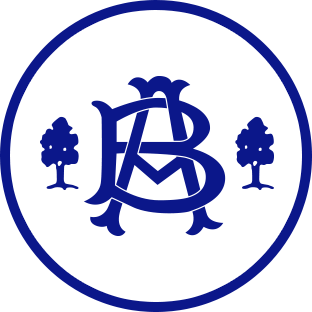Science
Intent
The aim of our science curriculum is to ensure that pupils develop a deep knowledge and understanding across Biology, Chemistry and Physics. It prioritises pupils’ comprehension and application of scientific concepts, so they can use them to make sense of the modern world.
Implementation
Units have been sequenced based on the most effective connections between topics within and across the scientific disciplines of Biology, Chemistry and Physics. Pupils will begin to see the connections between these subjects and become aware of some of the big ideas underpinning scientific knowledge and understanding. Careful progression and sequencing of substantive and disciplinary knowledge over time, supports the hierarchical nature of science and achieves rigour. Pupils are guided from concrete to abstract concepts, both within lessons and wider schema.
Direct instruction is used to efficiently tackle misconceptions in substantive knowledge. Pupils sometimes carry misconceptions about science into the classroom, due to their understanding of the world through their observations and interactions with their peers. A symbiosis of direct instruction and enquiry-based learning is used to challenge pupils to replace these misconceptions and make informed decisions about the world around them, via retrieval of relevant concepts and procedures stored in their long-term memory.
Impact
The principal focus is to enable pupils to broaden and then deepen their scientific view of the world around them. They will do this through exploring, talking about, testing and developing ideas about everyday phenomena and the relationships between living things and familiar environments, and by beginning to develop their ideas about functions, relationships and interactions. They will ask their own questions about what they observe and make some decisions about which types of scientific enquiry are likely to be the best ways of answering them, including observing changes over time, noticing patterns, grouping and classifying things, carrying out simple comparative and fair tests and finding things out using secondary sources of information. They will draw conclusions and use scientific language to communicate what they have found out.
